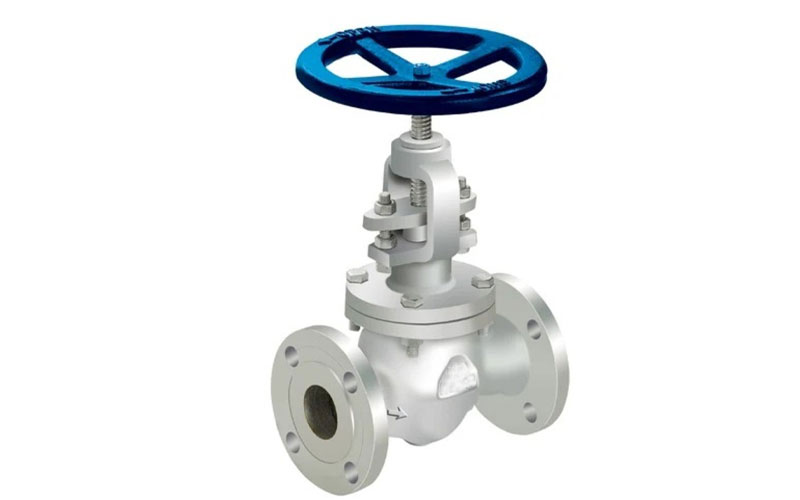How to Size a Bucket Type Strainer Correctly for Pipeline Protection
Selecting the right bucket type strainer is not only about filtration — it is about protecting pumps, control valves, meters, and other downstream equipment from early wear or failure. In most industrial systems, the strainer is the first defense against particulate contamination. When sizing is done correctly, the system enjoys stable flow conditions and reduced maintenance cost. When sizing is done poorly, pressure drop increases, debris bypass occurs, and equipment life decreases over time. Sizing begins with understanding the pipeline media. The characteristics of the fluid — whether clean water, chemical mixture, raw cooling water, slurry, or process return — influence mesh selection and overall screen configuration. Engineers need to measure expected contamination level, particle size distribution, and flow velocity to determine the screen opening that can capture unwanted solids without choking the line. Another important factor is pressure rating. A bucket type strainer must ma...





